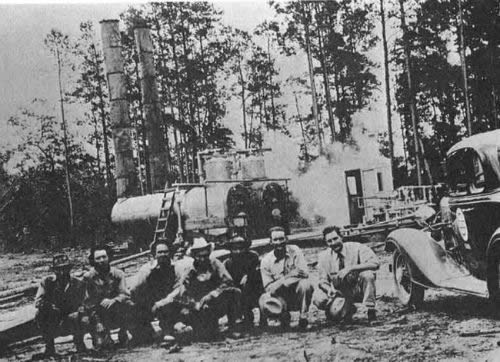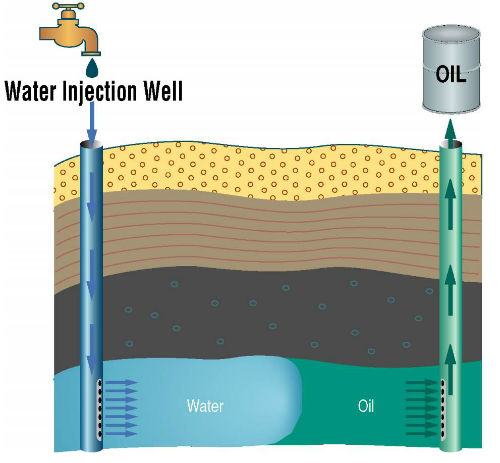
Rework oil wells by utilizing a method of secondary recovery, such as waterflooding. It can provide a new life to fields that have come to the end of their economic life in primary production. The mechanical push of water into the reservoir is used to increase pressure and physically sweep the displaced oil to the production well. Potential complications in the waterflooding process exist including inefficient recovery due to variable permeability, or similar conditions affecting fluid transport within the reservoir and early water breakthrough affecting the production and surface processing. In determining whether waterflooding is a possible solution, the following questions need to be answered. How do you lay out flooding patterns? How do you group reservoir targets for optimal sweep? How much water should be injected? Answering these questions unlocks those hydrocarbon molecules trapped in the subsurface.
Mature oil fields throughout the United States offer an exciting opportunity for renewed production without the risk and cost of exploration. These opportunities to rework oil wells exist for any number of reasons, including misinterpretation of data, market forces, and mechanical failures. The task at hand to bring old production back to life relies on investigating these reasons for shut-in production. Utilizing data management, geologic assessment, and re-evaluating field with new technology supports finding the answers that permit a new lease on life for these mature fields.

Refracking is the practice of utilizing newer fracking technologies on a previously fracked shale oil or gas well that was no longer in production.

Enhanced oil recovery (EOR) represents the latest in the revitalization of oil and gas production and a key tool of our reworking operations. The enhancement processes include gas injection (CO2, natural gas, nitrogen), miscible solvents (polymers, microbial, supercritical CO2), and thermal methods (steam, fire). Each of these processes represents a technique that has its specific use depending on reservoir characteristics, field evolution, and fluid properties. Ultimately, these techniques allow for a tertiary stage of hydrocarbon recovery.
Interested in direct investing in oil and gas? Request info on our current oil and gas investment opportunities.
© Copyright 2024 Aresco, LP. All rights reserved. | Privacy Policy | Site by A3K Marketing. Admin Log in